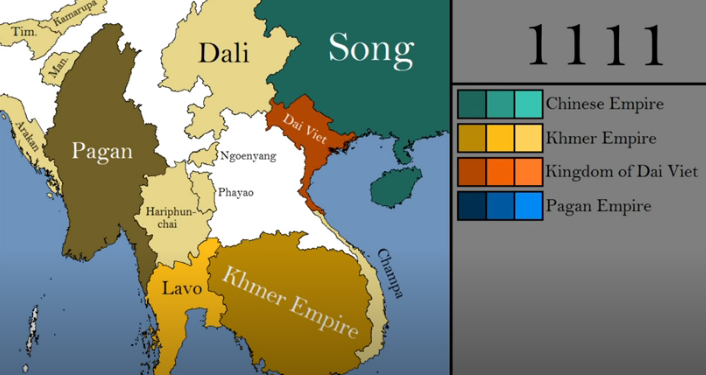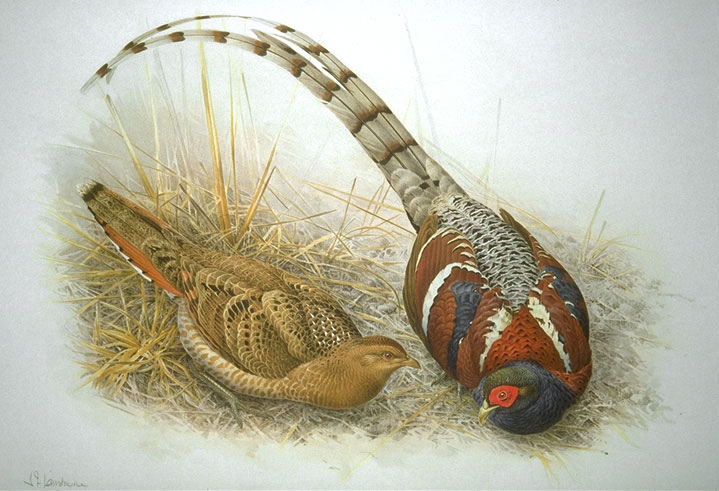|
Loiyumba
) , title = Ningthou , titletext = , more = , succession = , moretext = , reign = 1074-1112 , reign-type = , coronation = 1074 , cor-type = , investiture = ꯃꯤꯇꯩ ꯂꯣꯟ , predecessor = Irengba , pre-type = , successor = Loitongba , suc-type = , regent = , reg-type = , succession1 = , moretext1 = , reign1 = , reign-type1 = , coronation1 = , cor-type1 = , predecessor1 = , pre-type1 = , successor1 = , suc-type1 = , regent1 = , reg-type1 = , succession2 = , moretext2 = , reign2 = , reign-type2 = , coronation2 = , cor-type2 = , predecessor2 = , pre-type2 = , successor2 = , suc ... [...More Info...] [...Related Items...] OR: [Wikipedia] [Google] [Baidu] |
List Of Meitei Kings
List of Monarchs that ruled the Kingdom of Manipur (present state of Manipur in northeast India) have been recorded in Court Chronicles of the Kings of Manipur (''Cheitharol Kumbaba)'.'' The Kingdom of ''Kangleipak'' with written constitution was established in 1110 CE by Loiyumba, ruler of Kangleipak State who incorporated most neighboring principalities.Phanjoubam Tarapot, ''Bleeding Manipur'', Har Anand Publications (30 July 2007) The Kangleipak kings expanded their territory, reaching their zenith under king Khagemba (1597–1652 CE). In 1714, a king named Pamheiba adopted Hinduism. He adopted the name Gharib Nawaz, and in 1724 renamed the kingdom as Manipur (Sanskrit for "abode of jewels"). Manipur was conquered by Burma in 1819 CE, and became a Princely State within the British Raj in 1825 CE till 1947 CE. On 11 August 1947 CE, Maharajah of Manipur Bodhchandra Singh signed the Instrument of Accession agreeing to accede defense, communication and external affairs to ... [...More Info...] [...Related Items...] OR: [Wikipedia] [Google] [Baidu] |
Manipur Kingdom
The Manipur Kingdom was an ancient independent kingdom at the India–Burma frontier that was in subsidiary alliance with British India from 1824, and became a princely state in 1891. It bordered Assam Province in the west and British Burma in the east, and in the 20th century covered an area of 22,327 square kilometres (8,621 sq mi) and contained 467 villages. The capital of the state was Imphal. The early history of Manipur is composed of mythical narratives. The Kangla Fort, located on the banks of the Imphal River, is where the palace of King Pakhangba was located. It was built in 1632 by king Khagemba, who had defeated Chinese invaders. In the fort, a number of temples that had traditional religious significance are located. Kangla means "dry land" in the old Meitei language. Kangleipak State The Kingdom of Kangleipak was established by King Loiyumba in 1110 who ruled between 1074 and 1121. He consolidated the kingdom by incorporating most of the principalities ... [...More Info...] [...Related Items...] OR: [Wikipedia] [Google] [Baidu] |
Ningthouja Dynasty
The Ningthouja dynasty, also known as Mangang dynasty, comprises the descendants of the kings of Manipur. Ningthouja literally means progeny of King (''Ningthou'' means king and ''cha'' or ''macha'' means progeny in which ''ja'' is a corrupted word of cha). It has 125 extended families. It was apparently founded by King Nongda Lairen Pakhangba in 33 CE. History By the beginning of the 1st millennium CE, the Ningthouja Dynasty began to emerge in Imphal River valley, overrunning the territory of the Khaba clan. They established Kangla as their seat of power. From Kangla they absorbed the surrounding clan principalities of Luwang, Moirang, Khaba-Nganba, Angom, Sarang-Leishangthem and Khuman. Since 33 CE till the rule of the last King Bodhchandra, Manipur was ruled by seventy-four kings, of whom the hallowed reign of Pakhangba, Naothingkhong, Loiyumba, Kiyamba, Khagemba, Charairongba, Pamheiba, Maharaja Jai Singh, Maharaja Gambhir Singh, Maharaja Nara Singh, Chandrakirti and Chu ... [...More Info...] [...Related Items...] OR: [Wikipedia] [Google] [Baidu] |
Ningthou
Ningthou was a title used for the King of Manipur. The Ningthou was used to refer to the King after the reign of Pakhangba and was a title used until King Pamheiba. The subsequent Sanskritization undertaken by Pamheiba and Shantidas Adhikari changed the title of the King to Maharaja or Raja though the native name was still used for some Kings (ex. Ching-Thang Khomba, Ningthou Ching-Thang Khomba) See also *List of Meitei royals *Manipur (princely state) References External links * * Ningthou, Meitei royalty {{India-royal-stub ... [...More Info...] [...Related Items...] OR: [Wikipedia] [Google] [Baidu] |
Meitei Religion
() , native_name_lang = mni , image = The Symbol of Sanamahi.svg , imagewidth = , alt = , caption = The Symbol of Sanamahism (Source: Wakoklon Heelel Thilen Salai Amailon Pukok Puya) , abbreviation = , type = Ethnic religion , main_classification = Animism , orientation = , scripture = Puyas written on religious beliefs originally in Meitei script , theology = Polytheism , polity = , governance = , structure = , leader_title = , leader_name = , leader_title1 = , leader_name1 = , leader_title2 = , leader_name2 = , leader_title3 = , leader_name3 = , fellowships_type = , fellowships = , fellowships_type1 = , fellowships1 = , division_type = , division = , division_type1 = , division1 = , division_type2 ... [...More Info...] [...Related Items...] OR: [Wikipedia] [Google] [Baidu] |
Sanamahism
() , native_name_lang = mni , image = The Symbol of Sanamahi.svg , imagewidth = , alt = , caption = The Symbol of Sanamahism (Source: Wakoklon Heelel Thilen Salai Amailon Pukok Puya) , abbreviation = , type = Ethnic religion , main_classification = Animism , orientation = , scripture = Puyas written on religious beliefs originally in Meitei script , theology = Polytheism , polity = , governance = , structure = , leader_title = , leader_name = , leader_title1 = , leader_name1 = , leader_title2 = , leader_name2 = , leader_title3 = , leader_name3 = , fellowships_type = , fellowships = , fellowships_type1 = , fellowships1 = , division_type = , division = , division_type1 = , division1 = , division_type2 ... [...More Info...] [...Related Items...] OR: [Wikipedia] [Google] [Baidu] |
Manipur Of Loiyumba Period
Manipur () ( mni, Kangleipak) is a state in Northeast India, with the city of Imphal as its capital. It is bounded by the Indian states of Nagaland to the north, Mizoram to the south and Assam to the west. It also borders two regions of Myanmar, Sagaing Region to the east and Chin State to the south. The state covers an area of . Manipur has been at the crossroads of Asian economic and cultural exchange for more than 2,500 years. It connects the Indian subcontinent and Central Asia to Southeast Asia, East Asia, Siberia, regions in the Arctic, Micronesia and Polynesia enabling migration of people, cultures and religions. During the days of the British Indian Empire, the Kingdom of Manipur was one of the princely states. Between 1917 and 1939, some people of Manipur pressed the princely rulers for democracy. By the late 1930s, the princely state of Manipur negotiated with the British administration its preference to continue to be part of the Indian Empire, rather than part of B ... [...More Info...] [...Related Items...] OR: [Wikipedia] [Google] [Baidu] |
Kangleipak
Manipur () ( mni, Kangleipak) is a state in Northeast India, with the city of Imphal as its capital. It is bounded by the Indian states of Nagaland to the north, Mizoram to the south and Assam to the west. It also borders two regions of Myanmar, Sagaing Region to the east and Chin State to the south. The state covers an area of . Manipur has been at the crossroads of Asian economic and cultural exchange for more than 2,500 years. It connects the Indian subcontinent and Central Asia to Southeast Asia, East Asia, Siberia, regions in the Arctic, Micronesia and Polynesia enabling migration of people, cultures and religions. During the days of the British Indian Empire, the Kingdom of Manipur was one of the princely states. Between 1917 and 1939, some people of Manipur pressed the princely rulers for democracy. By the late 1930s, the princely state of Manipur negotiated with the British administration its preference to continue to be part of the Indian Empire, rather than part of ... [...More Info...] [...Related Items...] OR: [Wikipedia] [Google] [Baidu] |




